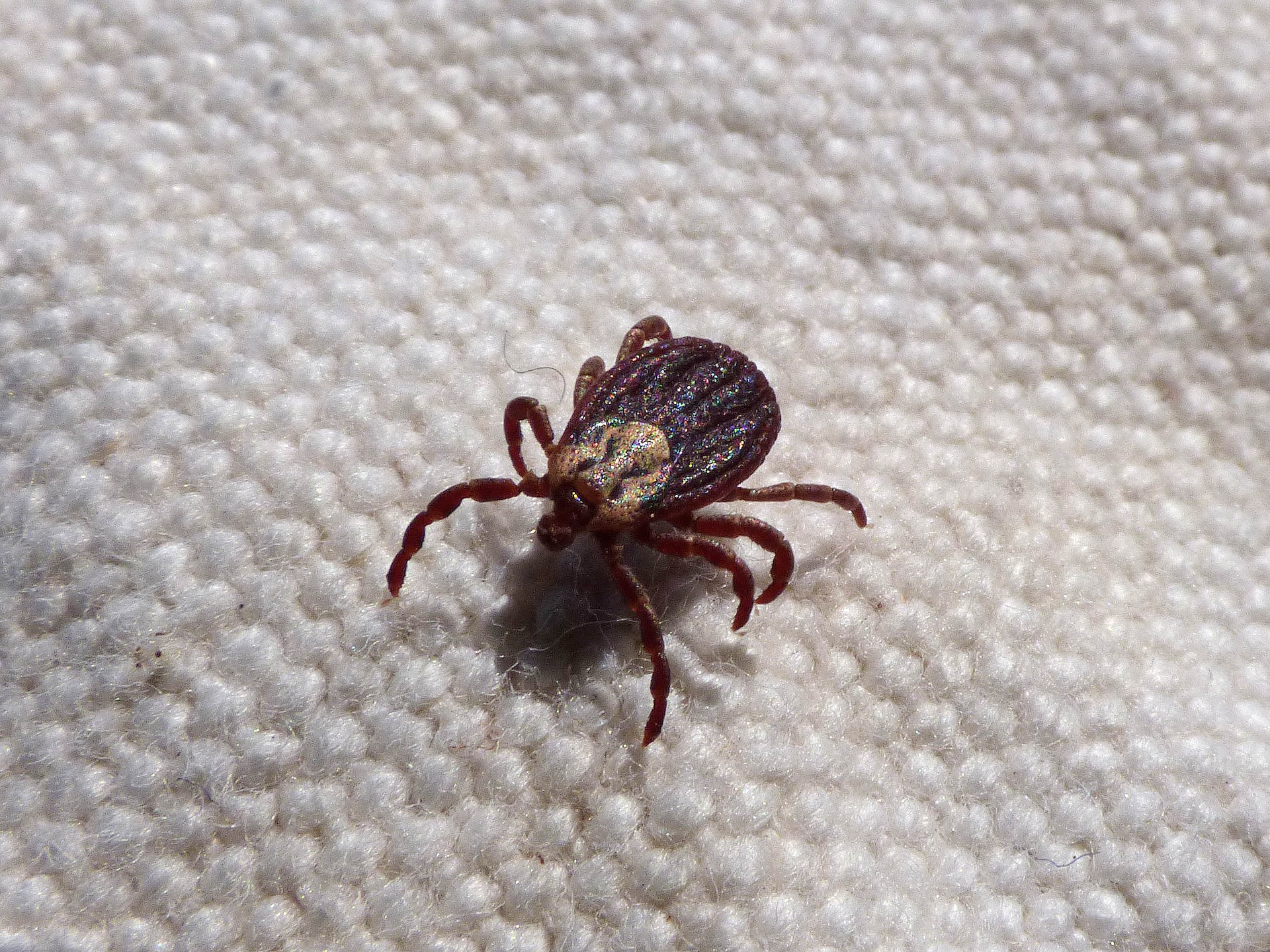By Jessie Walthers, Conservation Program Manager Groundhog Day. Who doesn’t love this most random of…

Wood Ticks 101
In Montana we have Rocky Mountain Wood Ticks which are similar looking to spiders and closely related to scorpions and mites.
Throughout their life cycle, wood ticks latch onto hosts such as dogs, livestock, and humans. While latched onto these hosts they engorge themselves on the host’s blood. Eventually, they drop off before starting the next stage of their life cycle. You don’t want to leave a tick latched on that long, however, because they can also transmit diseases while gorging on host blood. Rocky Mountain Spotted Fever, Colorado Tick Fever, Tularemia (rabbit fever), and tick-born relapsing fever are all diseases transmitted by ticks in Montana. Lyme Disease is another tick-borne illness that is generally associated with ticks picked up during travel to the northeast and upper mid-west, according to the Montana Department of Health and Human Services.
Wood ticks find hosts by crawling to the ends of branches in woody areas and waiting for someone to walk by and brush up against that branch. Once a tick has been picked up by a host, it often finds a warm, dark location to latch on. Common areas for ticks to latch are in thick hair, along the belt line, and even between toes.
If you find a tick on yourself, your pet, or livestock, remove the tick as soon as you safely can – then, make sure to keep the tick. The best way to remove a tick is by using tweezers to grip the tick as close to the skin as possible. Pull the tick directly away from the skin with slow, steady pressure. Do not use alternative methods such as smothering the tick or burning it as these methods may actually cause the tick to burrow deeper into the skin.
Once you’ve removed a tick, you should keep the tick in a glass jar either in the freezer or in alcohol. You keep the tick because if you develop any symptoms of diseases, the tick can be tested to help doctors identify the proper treatment. If you’ve been bit by a tick, symptoms to watch out for that may indicate a tick-borne disease include fever, aches and pains, rash, and lesions, according to the Center for Disease Control.
You can prevent picking up a tick by avoiding wooded areas in early spring and summer. But if you love the woods and are ready to hit the trail or go camping, here are some other precautions you can take:
- wear long sleeves and pants
- use bug spray with DEET
- frequently check your clothing, hair, and skin
- shower or bathe when you return home
- immediately wash all your clothes
- brush your pets and check their ears, collar, and toes



